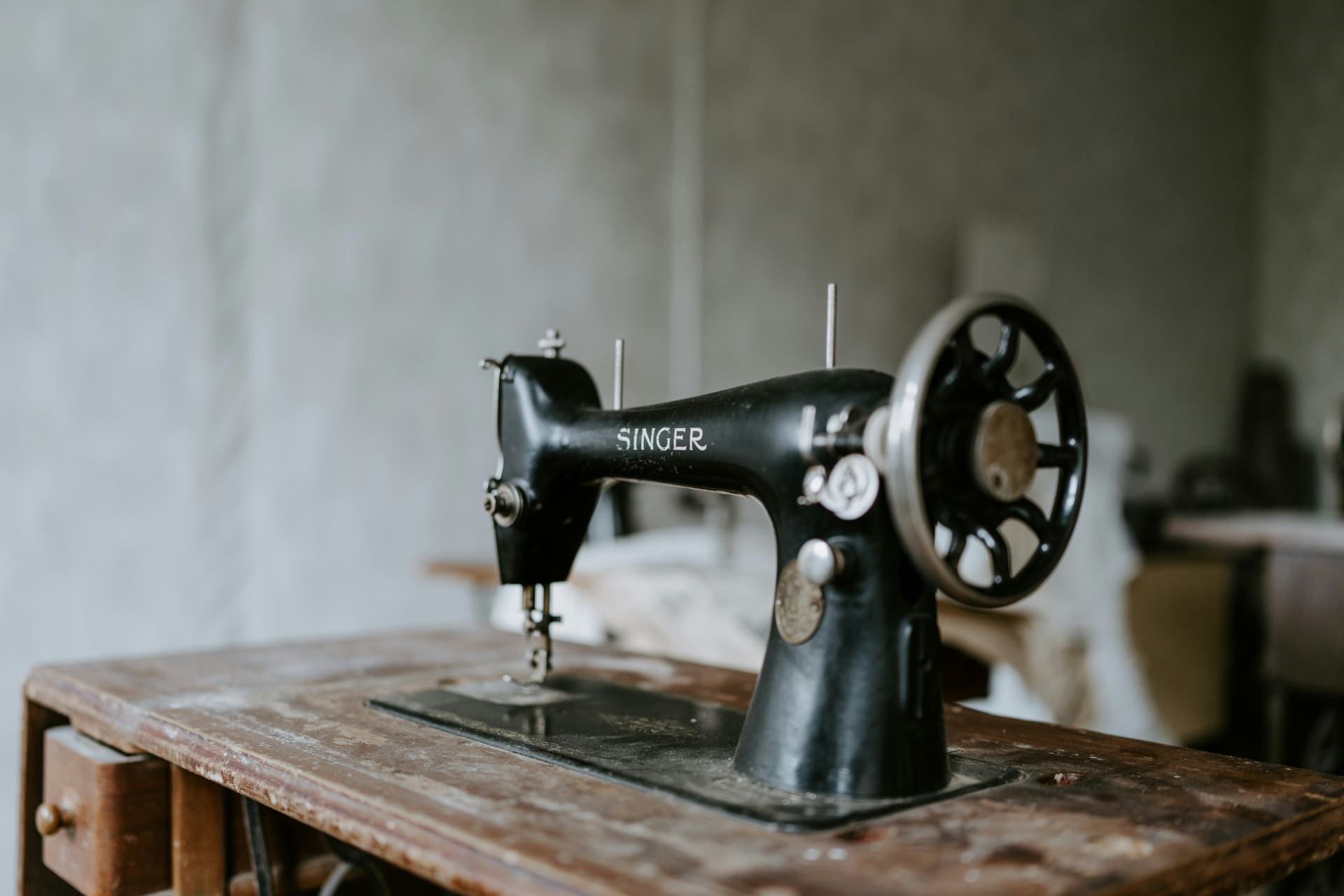
Whether you’re a complete beginner or a seasoned sewist, one thing is certain: your sewing machine is only as good as the care you give it. Keeping your SINGER sewing machine in top condition isn’t complicated, but it does require regular attention. With the right routine, you can prevent issues, improve stitch quality, and extend the lifespan of your machine.
Why Sewing Machine Maintenance Is Essential
Just like any mechanical device, your sewing machine performs better when it’s maintained. Dust, lint, and thread fragments accumulate quickly in critical areas like bobbin case and tension discs. Over time, this buildup can cause skipped stitches, uneven tension, or even damage to internal components.
Regular sewing machine maintenance ensures smooth operation, consistent stitching, and a longer machine lifespan. It’s an easy but often overlooked way to protect your investment — and your projects.
Start With Regular Cleaning
Cleaning your SINGER sewing machine is one of the simplest yet most important habits you can form. After every few projects, especially those involving fuzzy or heavy fabrics like fleece or denim, take a few minutes to clean out lint and thread debris.
Start by switching off and unplugging the machine. Remove the presser foot, needle, bobbin, and throat plate. With a soft brush or lint tool, gently clear out any buildup in the bobbin area. Wipe down the exterior with a dry cloth, and avoid using canned air, which can push debris deeper into the machine.
A clean machine not only performs better but also prevents long-term issues that could require professional repairs.
Check Your Tension Settings Regularly
Incorrect thread tension is one of the most common causes of poor stitch quality. Whether you’re using lightweight cotton or thick fabrics like denim, it’s important to regularly check your tension settings to ensure your SINGER sewing machine produces balanced, even stitches. If the tension is too tight, your fabric may pucker or the thread might snap. Too loose, and you may see looping on the underside. Always test your tension on a scrap piece of matching fabric before starting your project to catch issues early.
Most SINGER sewing machines, including the SINGER® Heavy Duty 4432 and SINGER® Fashion Mate 3337, have easy-to-use tension dials that let you make small, precise adjustments. As part of regular sewing machine maintenance, keep your tension discs clean and be mindful when switching thread types or fabrics. Taking time to fine-tune your settings will protect your machine, improve your stitching, and make your overall sewing machine care routine more effective.
Change Your Needle Often
Many stitch issues and fabric snags can be traced back to one overlooked detail: the needle. A dull, bent, or incorrect needle type can cause tension problems, skipped stitches, or even damage to your project.
As a rule of thumb, change your needle every 6–8 hours of sewing, or whenever you switch fabric types. A new needle helps maintain precision and reduces stress on your SINGER sewing machine. It’s one of the most affordable yet impactful steps in regular sewing machine care.
Use the Correct Bobbin and Thread
Not all bobbins are created equal — and using the wrong one in your SINGER sewing machine can lead to inconsistent stitches or thread tangles. Always use genuine SINGER bobbins suited to your model. This ensures proper tension and helps prevent jamming in the bobbin case.
Equally important is your choice of thread. Avoid old or bargain-bin threads that may break or shed easily. Stick to high-quality thread for better tension and reduced lint, making your ongoing sewing machine maintenance much easier.
Keep Your Machine Covered
When not in use, always keep your sewing machine covered to prevent dust and moisture from accumulating. A simple fabric dust cover or hard case will protect sensitive parts like the needle bar, tension discs, and spool pin.
This small but effective habit goes a long way in maintaining your machine’s condition between uses. Especially in humid or dusty environments, covering your machine is a smart part of routine sewing machine care.
Professional Servicing Is Still Important
Even if you’re diligent with at-home care, your SINGER sewing machine should still be professionally serviced at least once a year — more often if you use it heavily. A certified technician can deep-clean internal parts, recalibrate tension and timing, and detect wear before it turns into damage.
Think of it like a tune-up: professional servicing keeps everything running at peak performance. For models like the SINGER® Heavy Duty 4423, which are often used on thicker fabrics and demanding projects, yearly servicing is especially important.
Final Thoughts
A smooth-running sewing machine isn’t just about convenience — it’s about enjoying your craft without frustration. Whether you sew once a week or every day, these must-know sewing machine maintenance tips will help protect your equipment and ensure consistently beautiful results.
With just a little ongoing attention, you’ll enjoy smoother sewing, fewer problems, and better results on every project.
